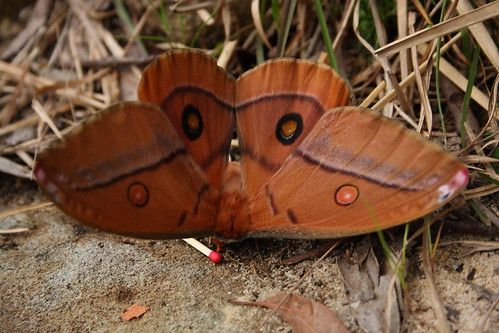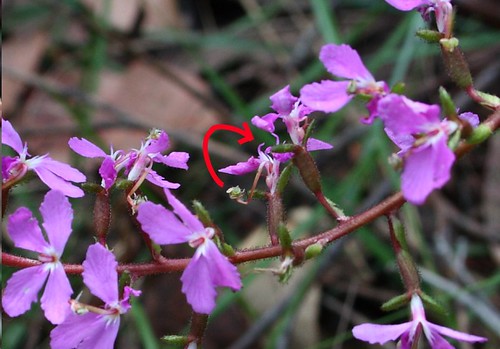Opodiphthera helena
Jess spotted this huge moth on the rock ledge out the back one evening. It was just sitting there slowly beating it’s wings. It didn’t look injured, I wondered if it had recently emerged from it cocoon and was drying or stretching it’s wings.
Check out the match stick for some scale, it’s body was just monstrous.
I’ve been trying to work out what species this is. CSIRO’s what bug it that site looks comprehensive, but it is soooo slooow it’s excruciating. I’d usually click about quickly and explore but it takes over a full minute for a page to load, the site is unusable.
Google has a fantastic new image search feature where you can give it a picture and have it return similar pictures from all over the web. To use it go to Google Image Search, and drag a picture onto the search box. I tried it out with one of the moth pictures, it returned a bunch of images of similar colour and shape, but none of them were moths 🙁 You can also type in a search word next to the picture, I tried “moth”, bingo! The pictures that came back were of somthing called the Polyphemus Moth. It looked close but not quite the same, a quick lookup on Wikipedia showed it was only found in Central and North America, damn. The article also said it’s a member of the Saturniidae family.
Now that I had an idea what to look for I went back to the CSIRO site and found a link to a Saturniidae page! The pictures there still weren’t a great match though. A narrower search on Google for “saturniidae australia” brought up some much more promising links. The closest I’ve found is Opodiphthera helena, commonly called the “Helena Gum Moth” or the “Helena Emperor Moth”
It matches on looks and location. I think this is it! Woohoo, the Internet does it again!


More Info:


